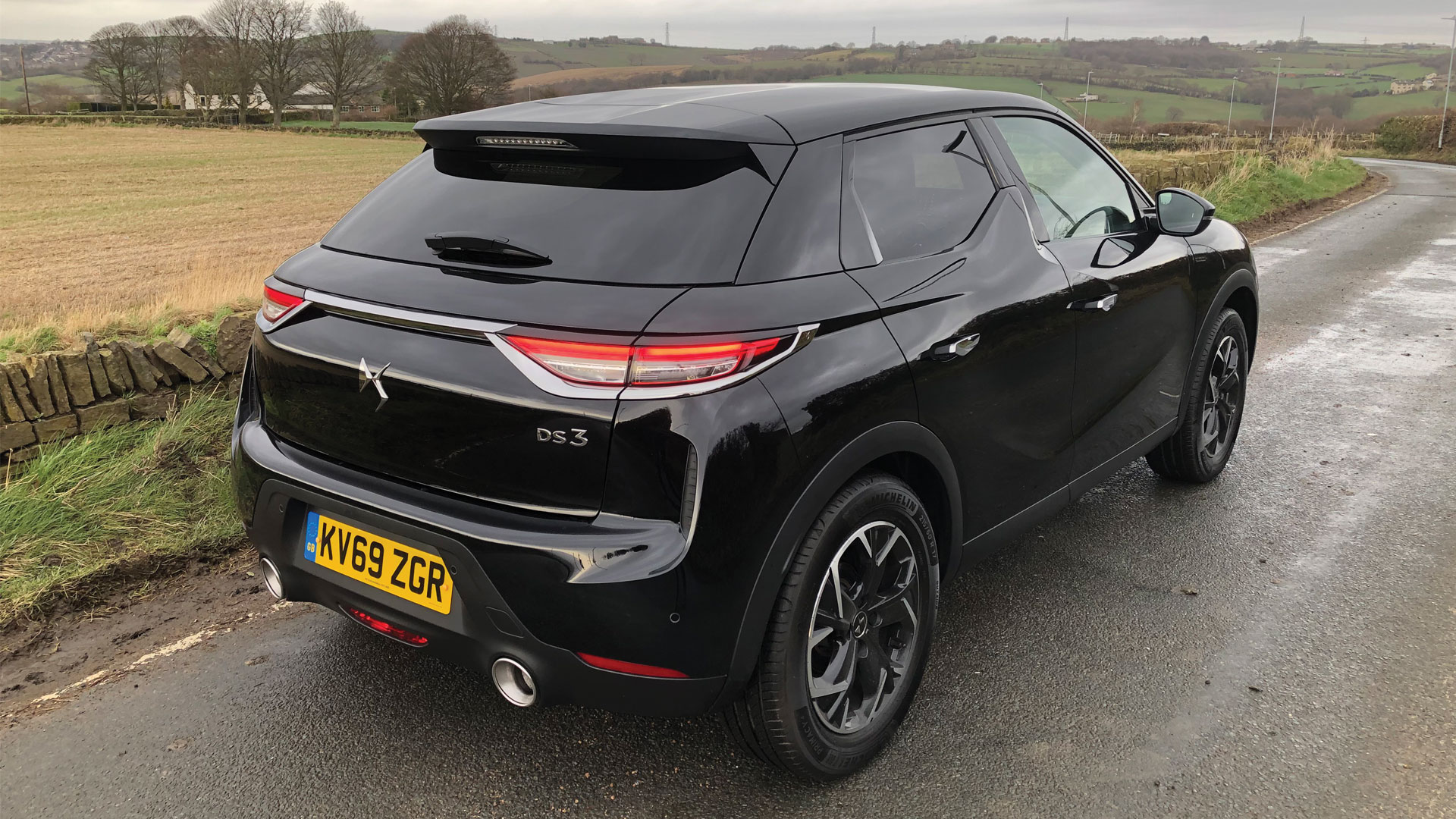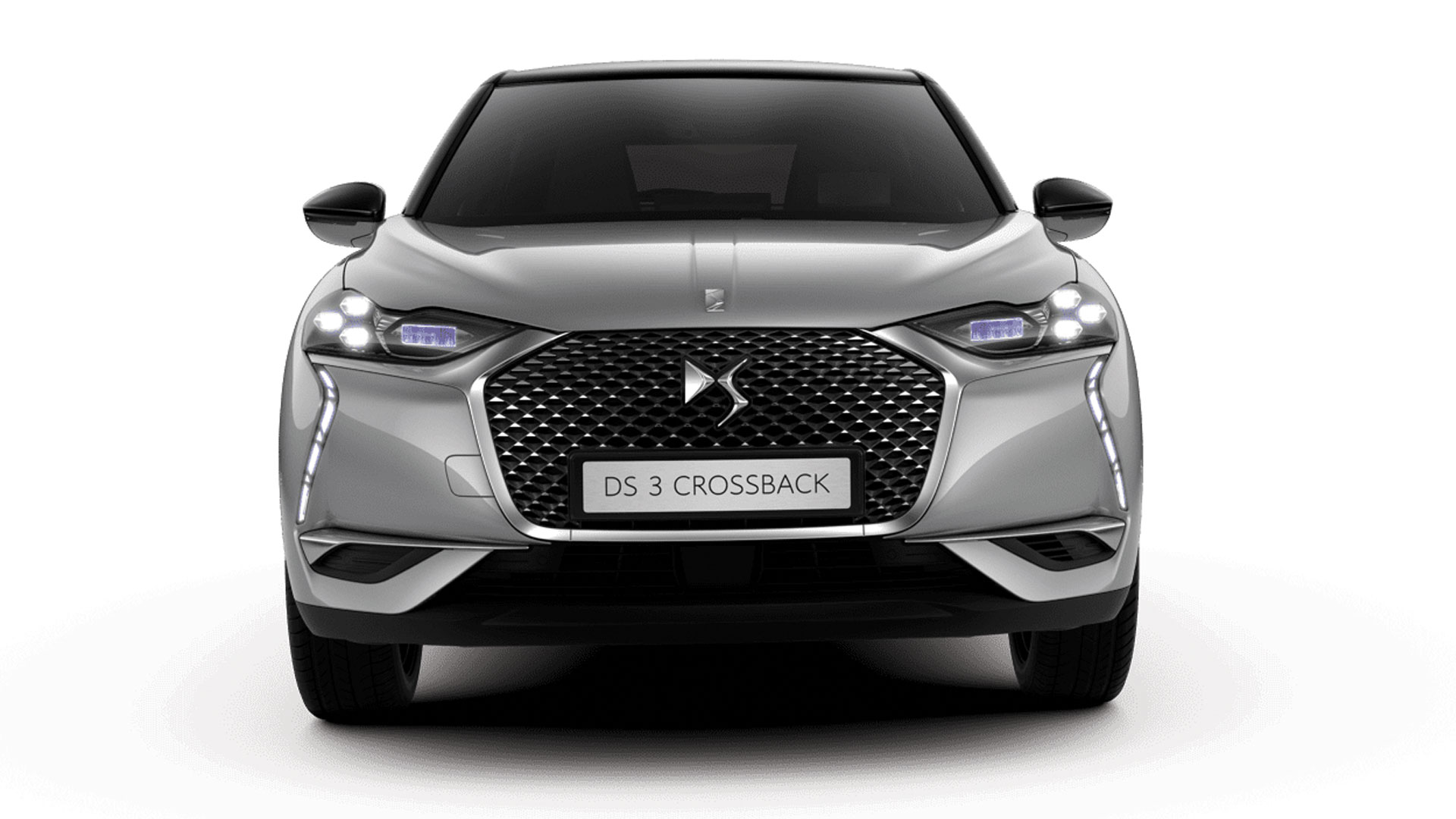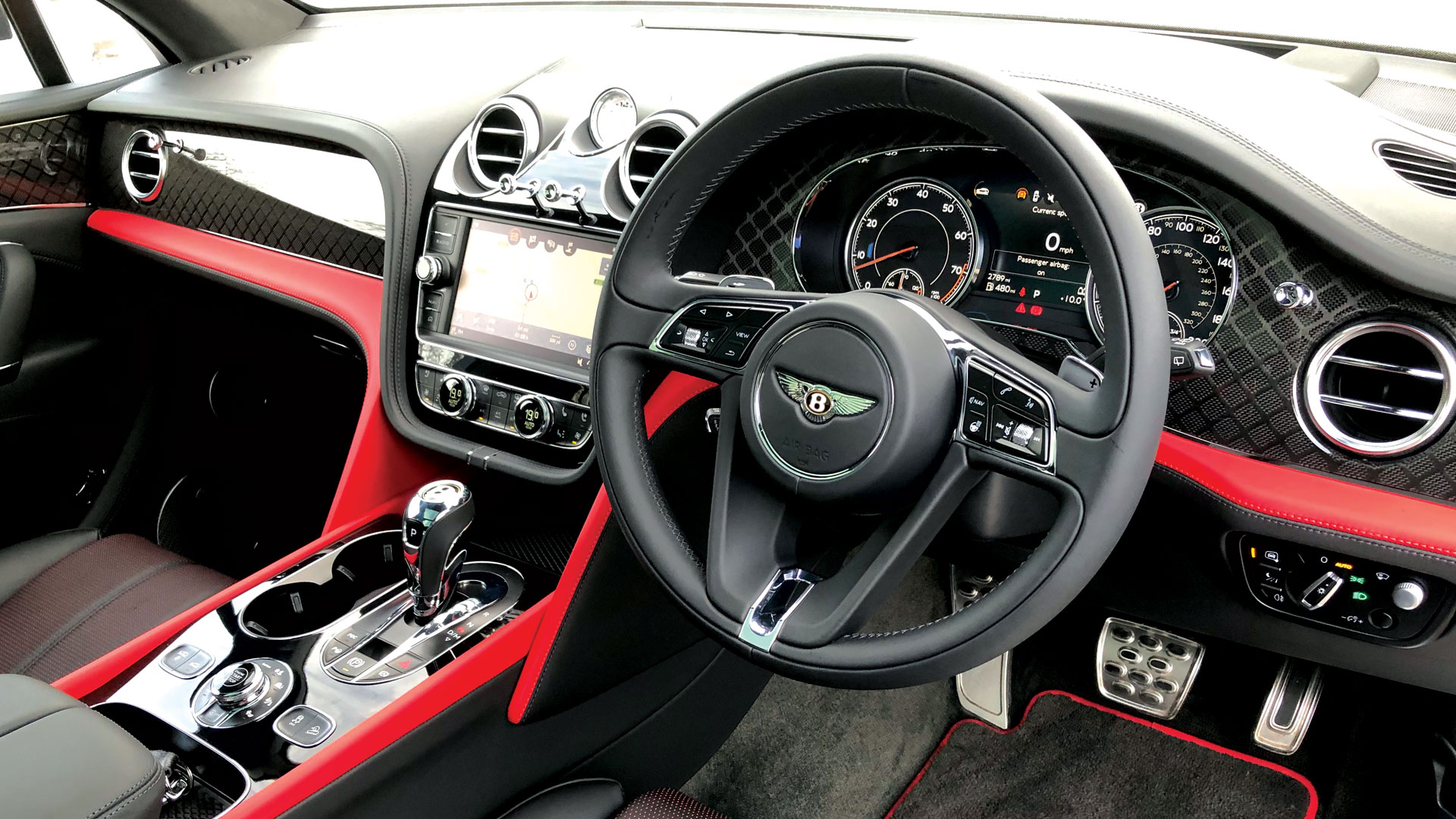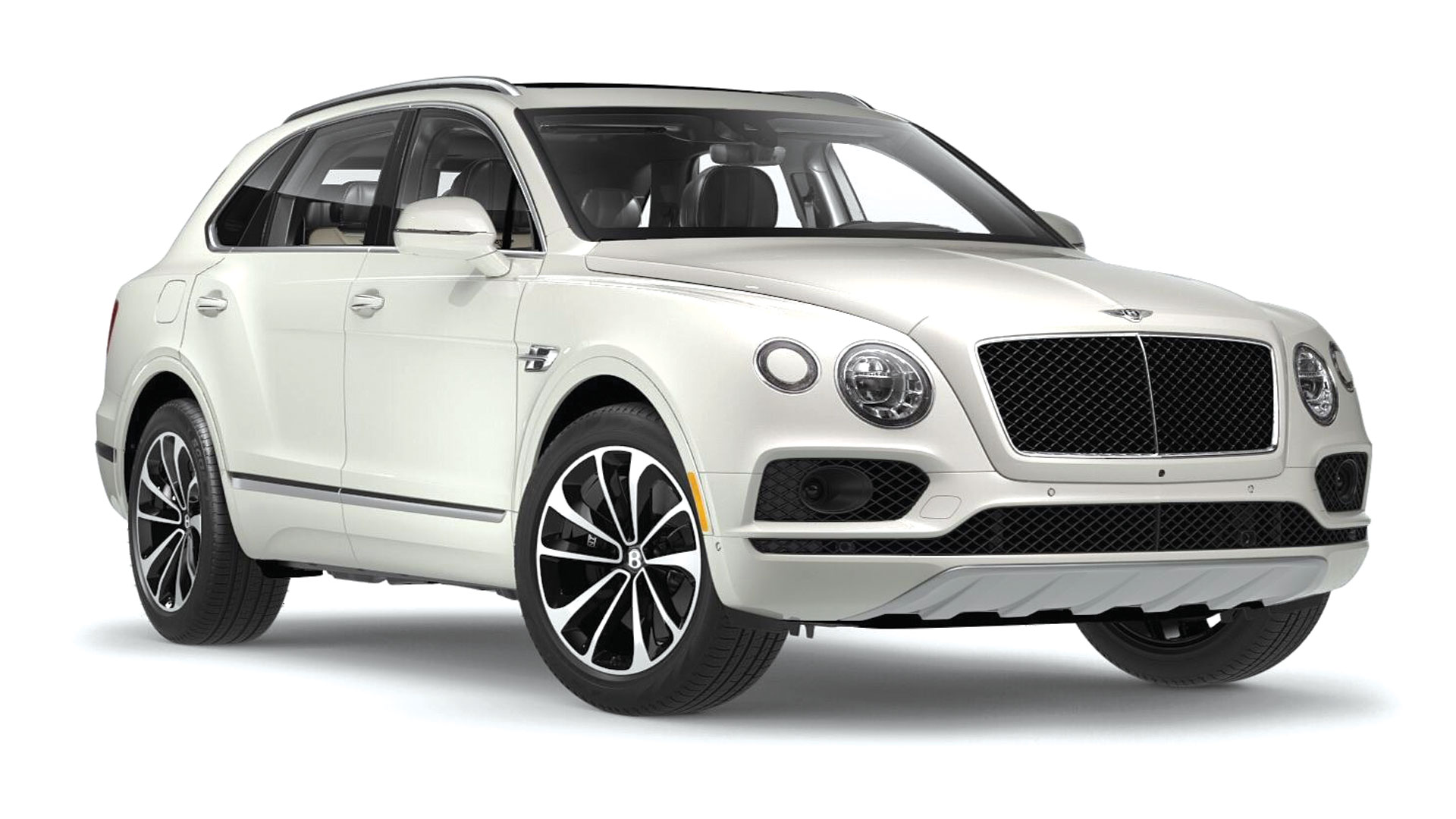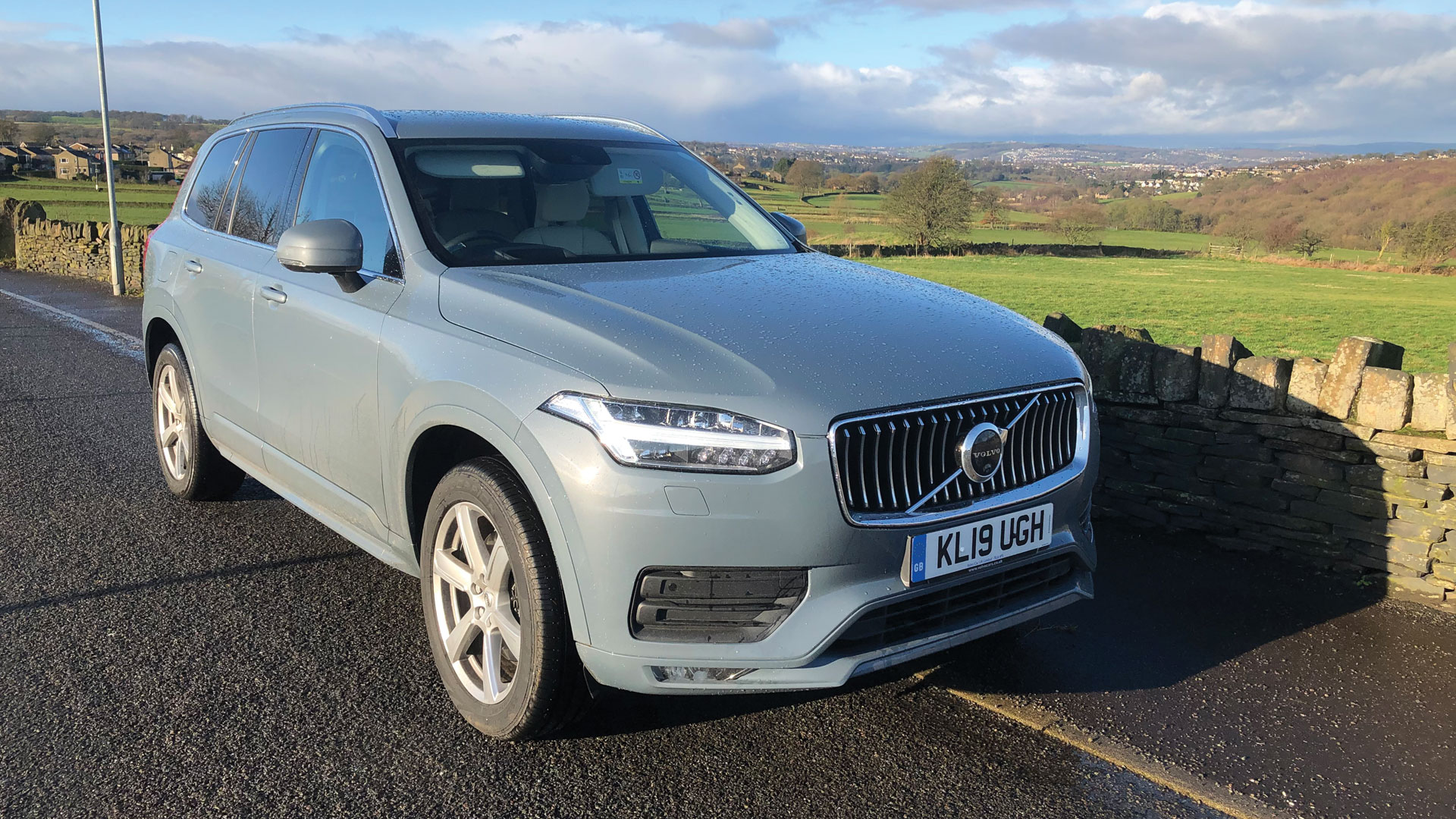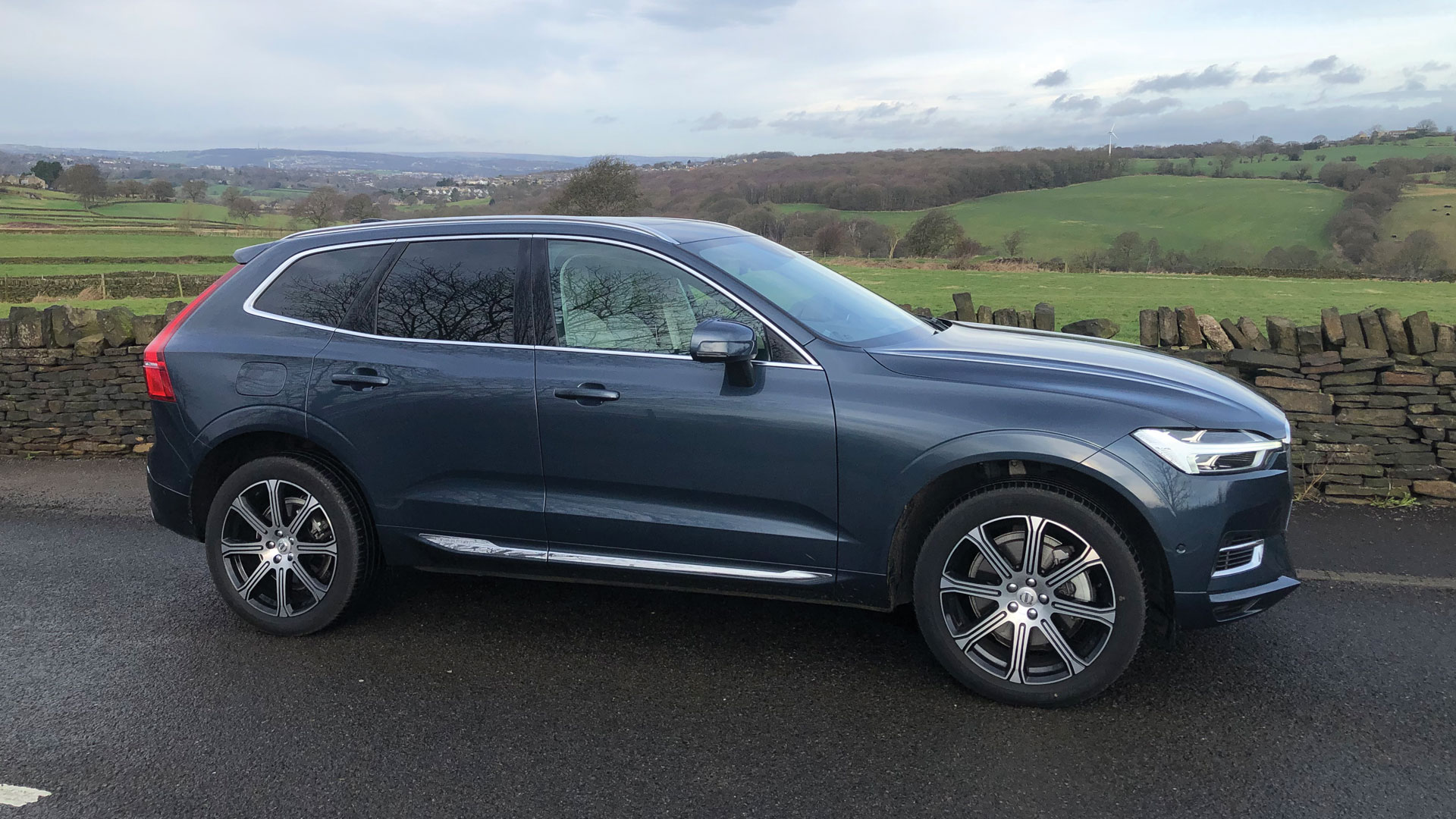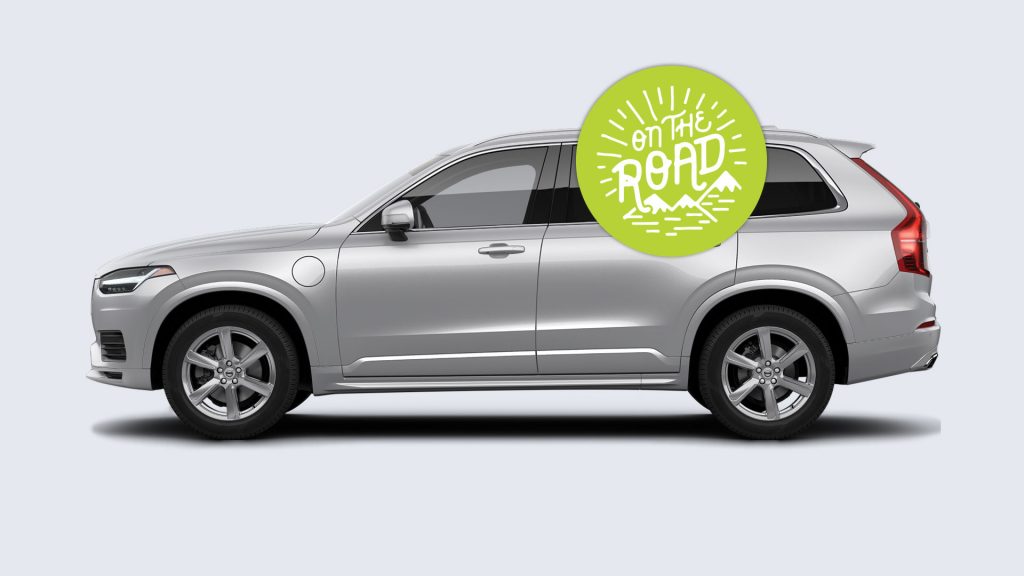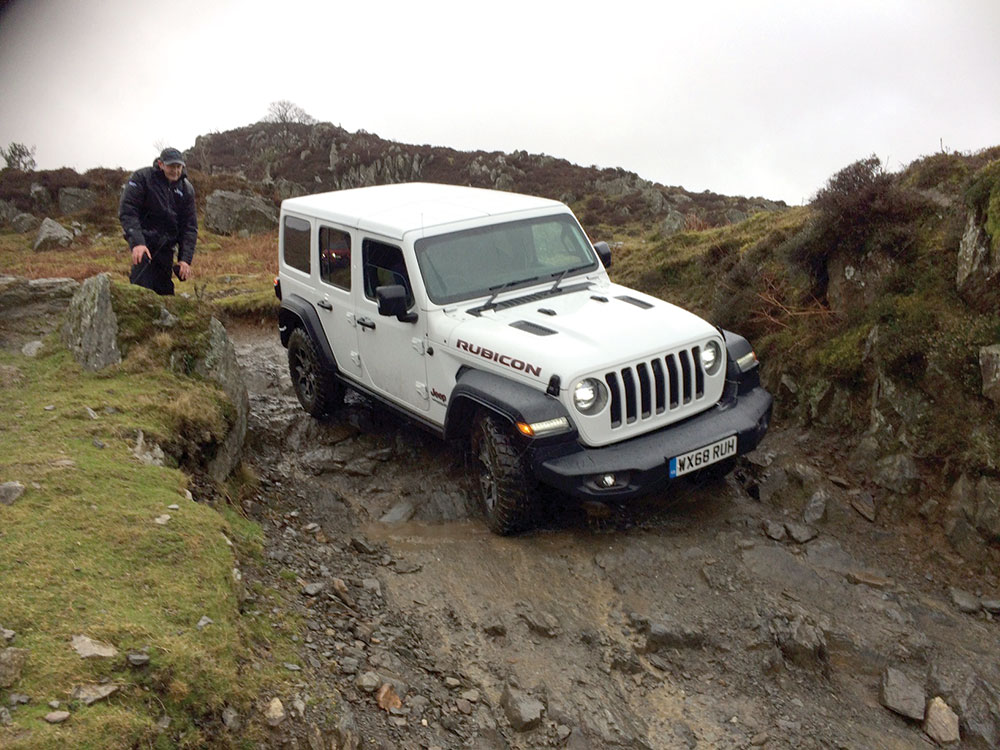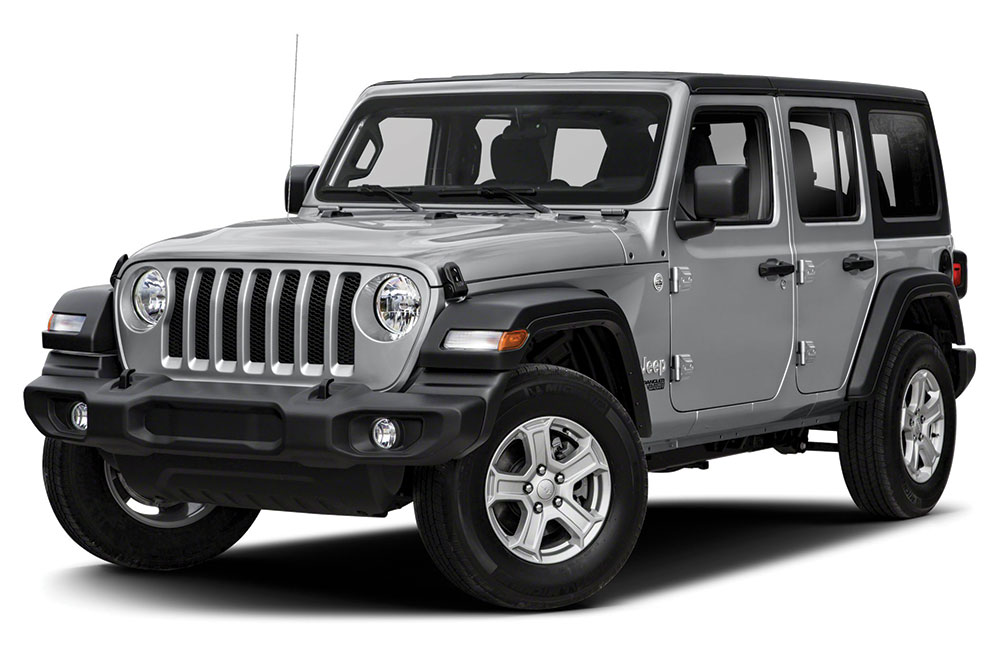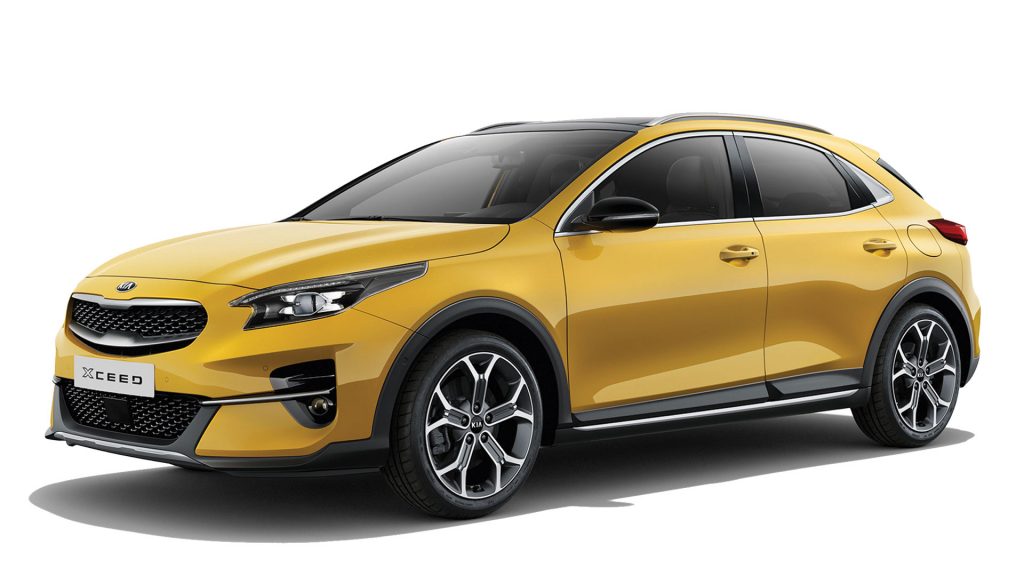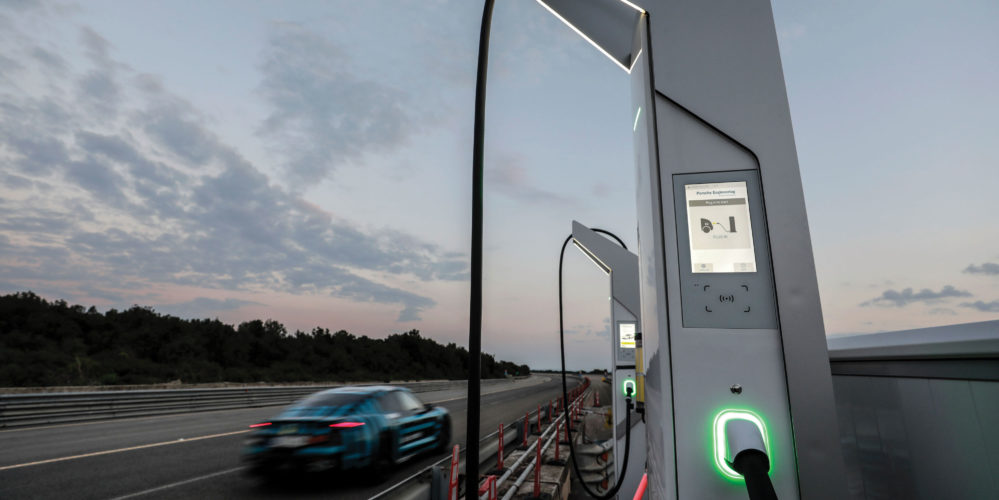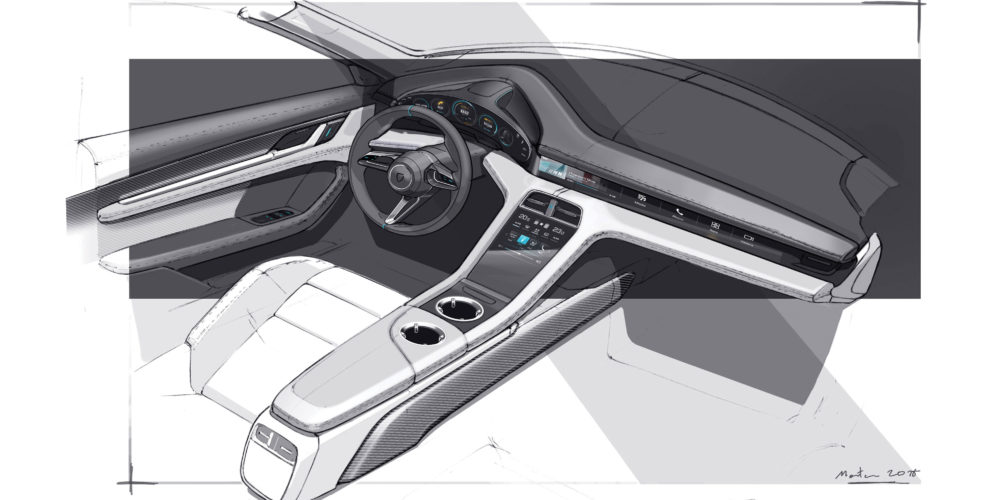First Driving Impressions DS 3 Crossback
The DS3 was first introduced in 2009, and designed by Mark Lloyd, with badges on it. The Citroen DS ran from 2009 until 2016, and then the Citroen Chevron badges were ceremoniously removed, and the DS Logo took its place. But getting people to accept the fact that it is no longer a Citroen is not as easy as was first thought. And to give an example, my 6 year old grandson, said he wanted a ride in the Citroen, I said it was a DS, then he said, he had a hot wheels DS3, and that was a Citroen, so I had to explain to him, but he wasn’t impressed.
The DS3 Crossback is the latest in the DS range, and is basically the five-door version of the very popular three-door DS3, despite which logo it was wearing. Like the original hatch it is very distinctive, and like all cars from Citroen and DS, it is certainly quirky. When the original DS3 was launched it hit the right spot, and became the small car to be seen in, and appealed to all age groups and male and female alike, this love of the DS3 lasted for years, and still continues, Citroen just got it right from day one.
The car we had on test was the Prestige Pure Tech model fitted with the frugal 3-cylinder 1,199cc turbocharged petrol engine that produces 155 hp. It goes from 0-62mph in 8.2 seconds, and has a top speed, where permitted of 129 mph. this engine was coupled to a very smooth 8-speed automatic gearbox.
The price range for this ‘Premium’ 5-door hatch is a bit hard to understand at first, and the UK list price ranges from £22,000 to nearly £40,000. But the high end price is for the electric version ,the 100Kw E-Tense La Première.
The interior is striking, and DS have tried, and possibly achieved the effect of a posh French handbag. There are diamond shapes everywhere, on the dash, the speakers and air-vents. The French are renowned for their design of clothes, accessories, perfumes etc, and DS are trying to cash in in French tradition and what the French are good and famous for, and translate this into a motor car.
The infotainment system is a bit fiddly, and easy to press a button, or an icon, you didn’t intend to. The sat-nav operation is initially difficult to use and understand, but I guess in time you would get used to it, but it is not as intuitive as many other systems we have used, but probably in time you would get used to it.
The Crossback comes at a time when three-door hatches are not as popular as they once were. The DS3 has had a good long run, but the buying public are getting more used to having the advantages of five-doors, for the ease of getting in and out, putting babies and small children in the back is so much easier on your back, and older people like having a rear door. Many manufactures recently have ceased producing small three door hatches in favour or five doors, and even going to the trouble of ‘hiding’ the rear door handle to give the impression it is a more sporty three-door hot hatch. So hence the Crossback five-door, it will be bought by DS lovers, but need a smaller car, but the beauty of having those all important rear doors.
The design has not been compromised by adding the extra two doors; in fact, if anything it looks even more stylish. It does look different to the other small SUVs on the market which are a bit boxy and conservative, which has to be a good thing.
All versions of the DS3 have flush door handles which pop out on demand from the key, or simply by touching them.
The ride and handling are good, though not brilliant, but this is a fairly tall SUV, and not a sports car, which makes it the ideal ride for all the family and friends, they won’t complain that it is uncomfortable, just the opposite.
The DS is very French, the interior is a bit blingy, but is refreshingly different and you do feel as you are surrounded by quality. It is a comfortable car to ride in, like all the old DS and Citroen cars, so the tradition has carried on in this car.
A good-looking car, but the price just seems a bit high, compared to some other very good, similar sized SUVs. But its handsome styling may be worth that extra bit of money.


